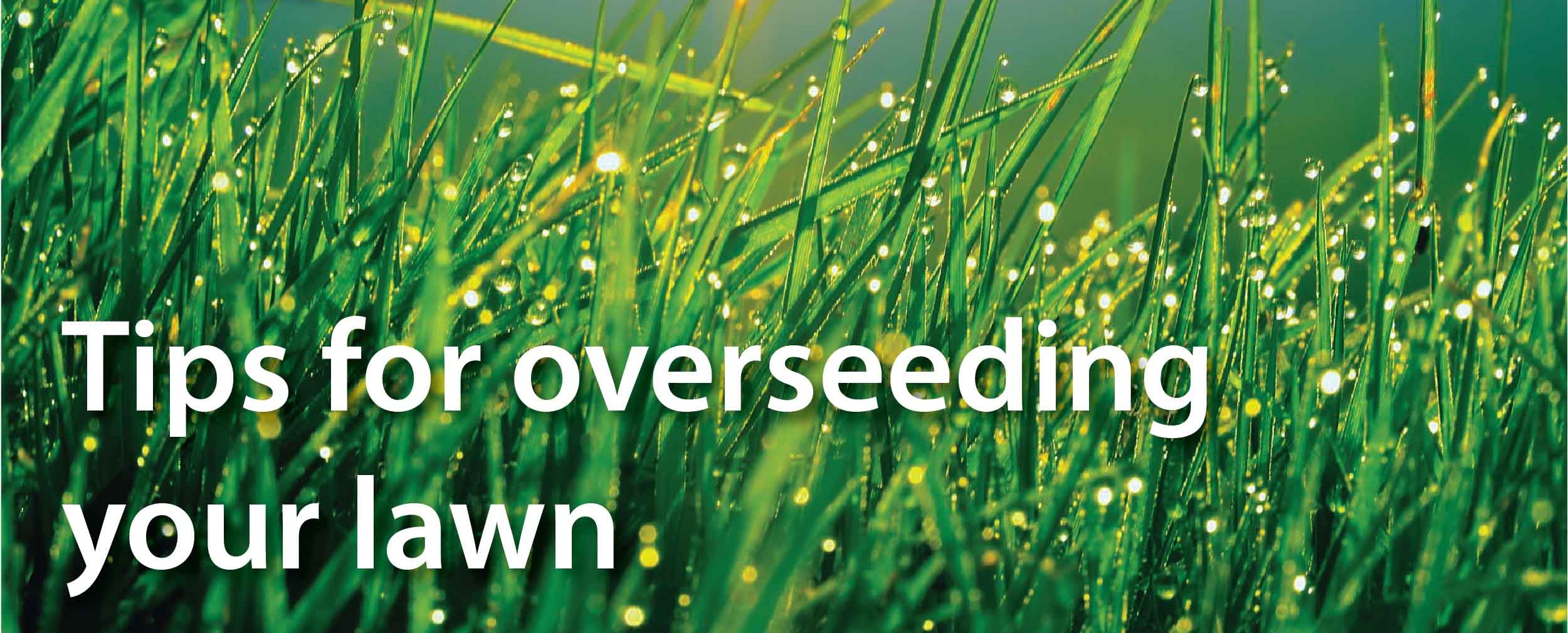Maintaining a lawn to be proud of
Your lawn is a living thing. It changes over time. Each year some parts may die or thin out. By adding new lawn seed - a technique known as 'overseeding' used by professional groundsmen - you bring new life to your lawn.
Overseeding and fertilizing once a year gives you a denser, greener, healthier lawn:
- Dramatically improves the health and appearance of your lawn – new grass stays green longer during a drought
- Combats weed invasion, which means you add fewer chemicals – easier on your pocket and the environment

Overseeding step by step
- Choose a day in spring or autumn when your lawn is dry. Remove all debris, then mow the lawn down till you reach a cutting height of 25 to 35 mm.
- Rake out with a spring-tine rake to remove and break up layers of dead and matted grass. Raking out dead grass is known as 'scarifying'.
(i) If you scarify in the autumn, you'll stimulate the side shoots and runners that develop at this time of year. If your lawn is thickly matted, a powered scarifying machine might do a better job.
(ii) If you do the job in spring, add a mixture of sand, compost, or loam (known as 'top dressing') to promote denser growth and level out any hollows. The proportions of sand, compost, or loam depend on your soil type. Top dressing encourages air, water, and nutrients to the roots. - Choose a lawn-seed mixture that's right for your garden. DLF recommends Futura Blue or Perfection. You'll need about 30 g per square meter.
- For an even distribution, mix the seed in a bucket with general-purpose compost and sand.
- Choose a day when your lawn has been well-moistened by rain, then scatter your seed liberally across the surface.
- Rake and lightly roll the lawn to help the seed sink to the soil.
- Feed your lawn by scattering fertilizer evenly over the surface. Choose high-nitrogen fertilizer in spring, low-nitrogen in autumn. Add the fertilizer on the day you sow your seed or soon afterwards.
- Water your lawn regularly if dry weather follows. Water with a fine spray to avoid dislodging the new seedlings.
